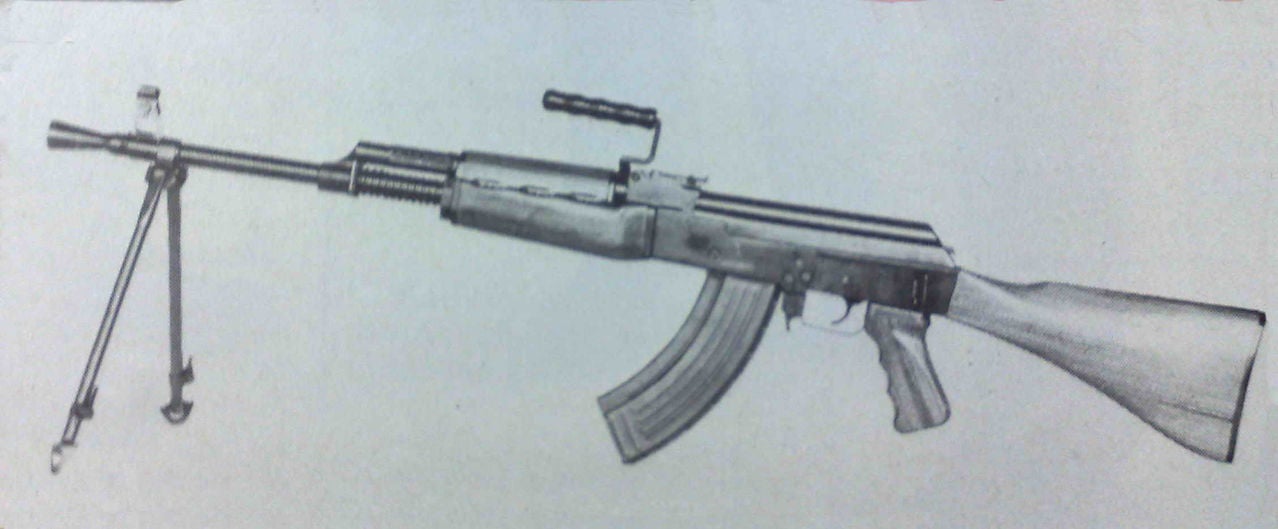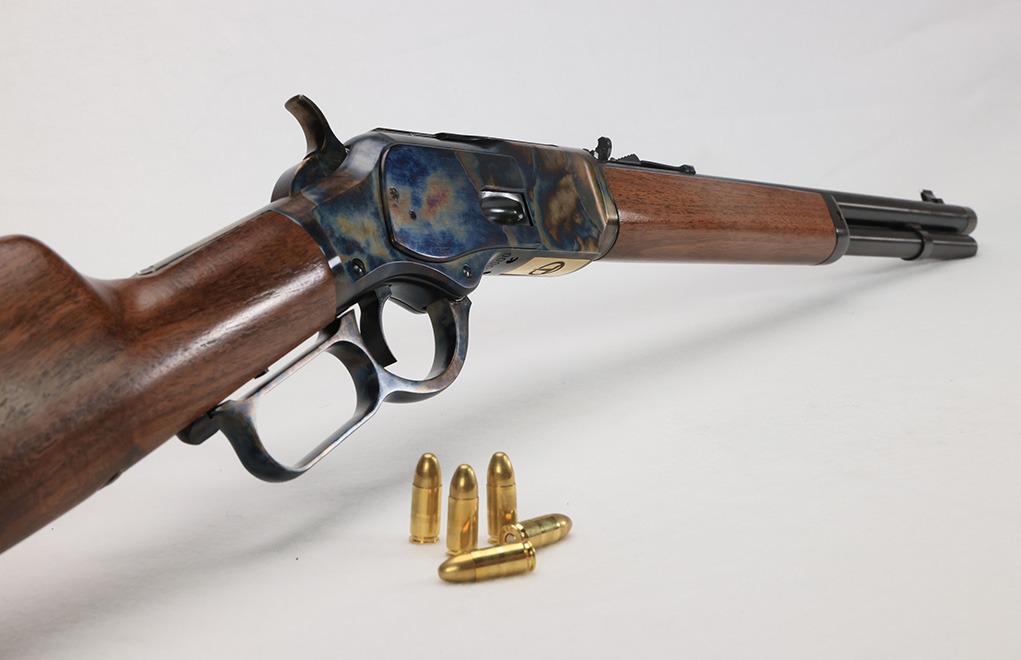At least 33 countries produced AK rifles, but none of them had an origin history as strange as Yugoslavian AKs. Some say that Zastava is the best license-produced Kalashnikovs ever, but the truth is – Yugo AKs were not “license-produced”. Those guns had their own unique path that we will explore in this series of articles.
AK History @ TFB:
After the WW2, Yugoslavia found itself in a very peculiar political situation. Technically, it was a socialist country, but the leader, Iosif Broz Tito was too smart to follow in the footsteps of the Soviet Union and outsource all major political decisions to Moscow.
Stalin did not tolerate this kind of independent thinking, and the “brotherly” relationship turned into burning hatred between the two political regimes. The Soviet press called Tito the “bloody dog”, and all Soviet advisors left Yugoslavia. Stalin demanded that Tito must repent for his deadly sin of insubordination.
In 1944, Red Army helped Yugoslav partisans to liberate their country from Nazi invaders, and in 1948, just four years later, the same Soviet generals were drafting up plans for the Soviet invasion of Yugoslavia.
In this situation, Yugoslavia could not possibly expect to receive a transfer of technology for weapon manufacturing from the USSR. At the same time, it remained to be a socialist country, so Western powers weren’t eager to help it with the creation of manufacturing capabilities. Yugoslavia was preparing to repel invasion from both NATO and the Soviet Union and had to build its own defense industry with minimal reliance on outside help.
Right after the war, Yugoslavia factories still produced bolt-action Mauser 98 rifles, but Yugoslavian weapons design engineers understood that the times had changed. In the early 50s, they analyzed the German STG 44 and began research to develop their own intermediate-caliber assault rifle.

In 1959, two Albanian border guards escaped to Yugoslavia. They had two newly issued Soviet-made AK rifles, which ended up at the Zastava factory in Kraguevac, the city in Central Serbia with the oldest and most well-known Serbian weapon factory.
Engineers analyzed the Soviet rifles and came up with the ambitious concept called FAZ (Familija Automatika Zastava) – the family of automatic weapons from Zastava. Coincidentally, Mihail Kalashnikov was working on the same idea at the same time, just 2000 miles away.
The development of the FAZ concept was a team effort: Božidar Blagojević (later on he developed a pistol called CZ99), major Miloš Ostojić, Miodrag Lukovac, Milutin Milivojević, Milan Ćirić, Stevan Tomašević, Predrag Mirčić, and Mika Mudrić.

Initially, they studied the system and copied some parts using sulfur castings. However, the two guns did not give the factory enough information about the tolerances of every part. They needed more AKs, and the solution came from an unexpected source.
Iosif Broz Tito was visiting one of the African countries and made a deal with local statesmen. Yugoslavia secretly bought 2000 AK rifles from the batch of guns sent as military aid by the Soviet Union to this particular African state.
The first Zastava AK – M64

The first prototype the factory created was designated M64. From the very beginning, Yugoslavian AKs had a very concise naming system, the letter “A” was used for guns with fixed wooden stock, and the letter “B” for guns with a folding stock. Early prototypes had rear sight on the receiver cover, but later on, engineers decided that conventional AK rear sight would do well enough.
Even at this very early stage, engineers wanted to use as many existing parts as possible, so M64 had a hollow cylindrical charging handle taken from the M59, the Yugoslavian version of SKS. The folding stock version called M64B uses mass-produced underfolding stock from the M56 submachine gun.
From the beginning, Yugoslavian AKs were designed to be used with rifle grenades and had grenade sights and shut-off mechanisms for the gas system.
Zastava engineers also developed an M65A light machine gun with a quick-detach barrel that never went into mass production.

The guns were ready, but the Yugoslav generals were not. Some brass still thought that giving every soldier an automatic weapon was excessive. They changed their mind after 1968, when during the invasion of Czechoslovakia every Soviet soldier wielded an AK of some sort.
Yugoslavian Ministry of Defense began a discussion about the procurement of AKs for special forces from the Soviet Union since the relations became much better in the 60s. Zastava engineers were not happy. They developed an innovative rifle with additional capabilities and generals wanted to import guns from a recent geopolitical rival.
Common sense prevailed, and the Military-Technical Institute of Belgrade prepared technical documentation for the production of new rifles. However, the first mass-produced Yugoslavian AKs were different from the M64 prototypes. We will talk about it in part 2 of this article.
The author would like to thank Branko Bogdanović, the leading expert on Yugoslavian and Serbian small arms whose research served as the foundation of this article.
Read the full article here












